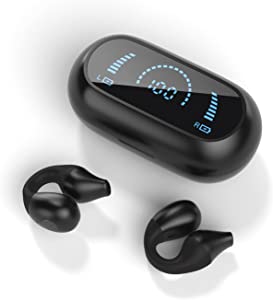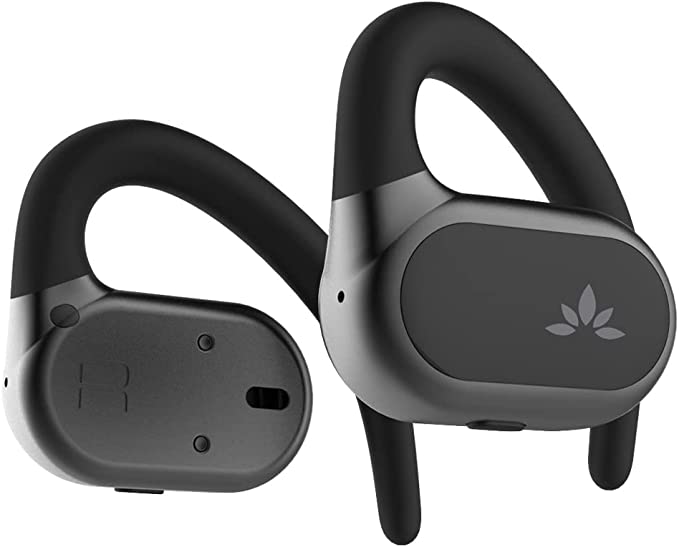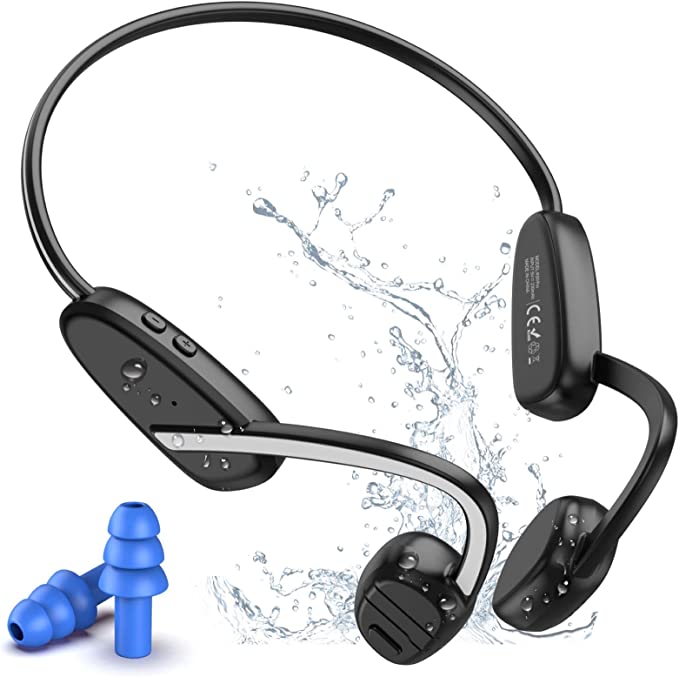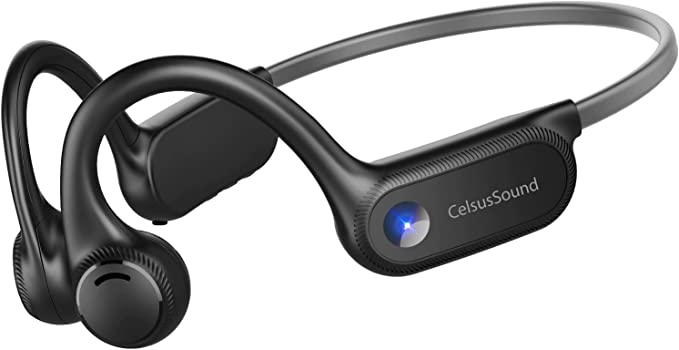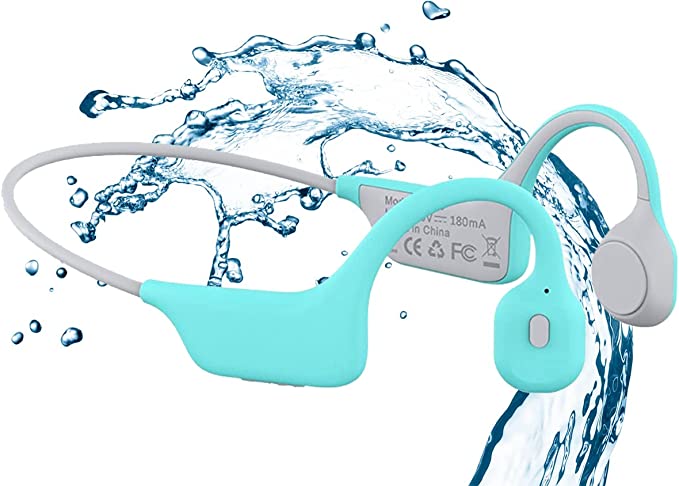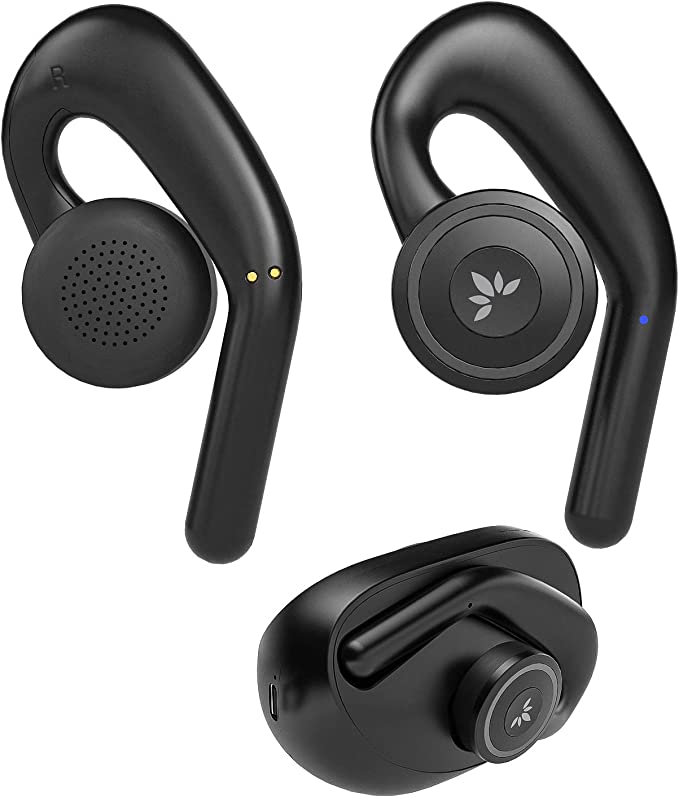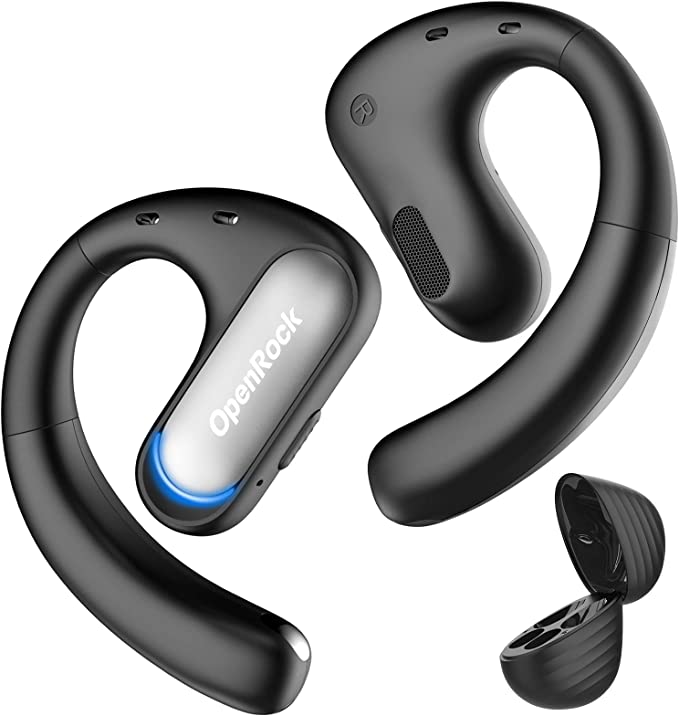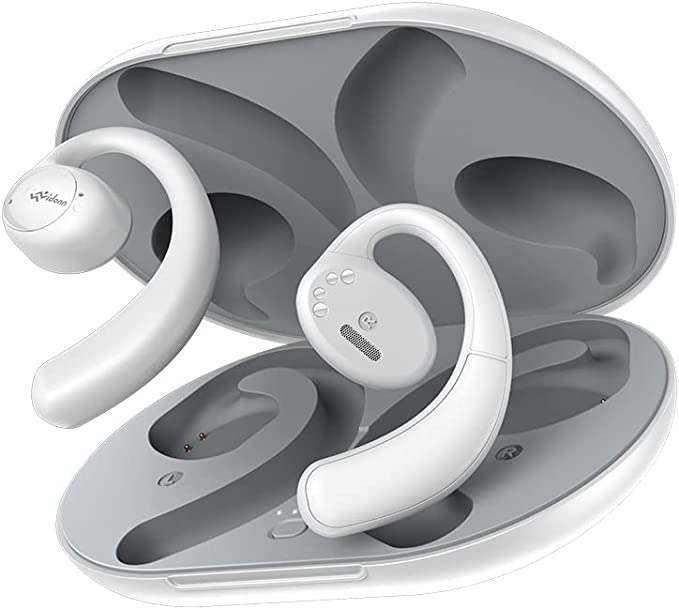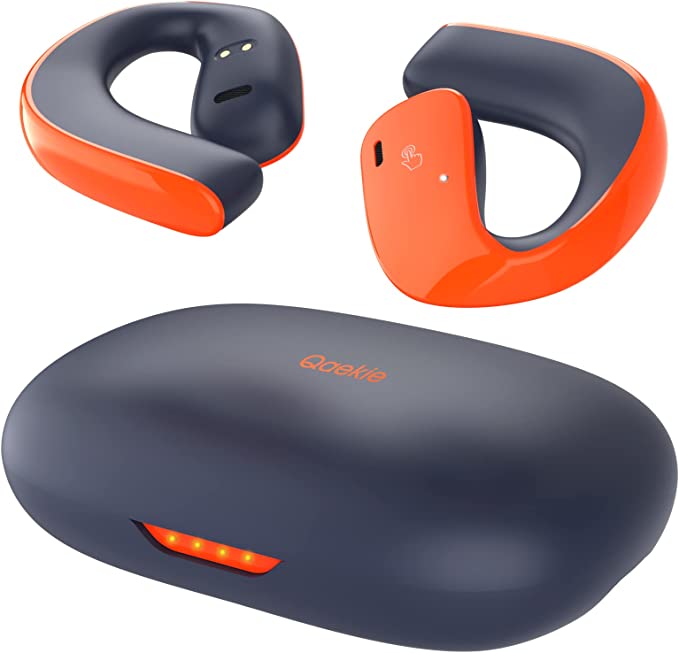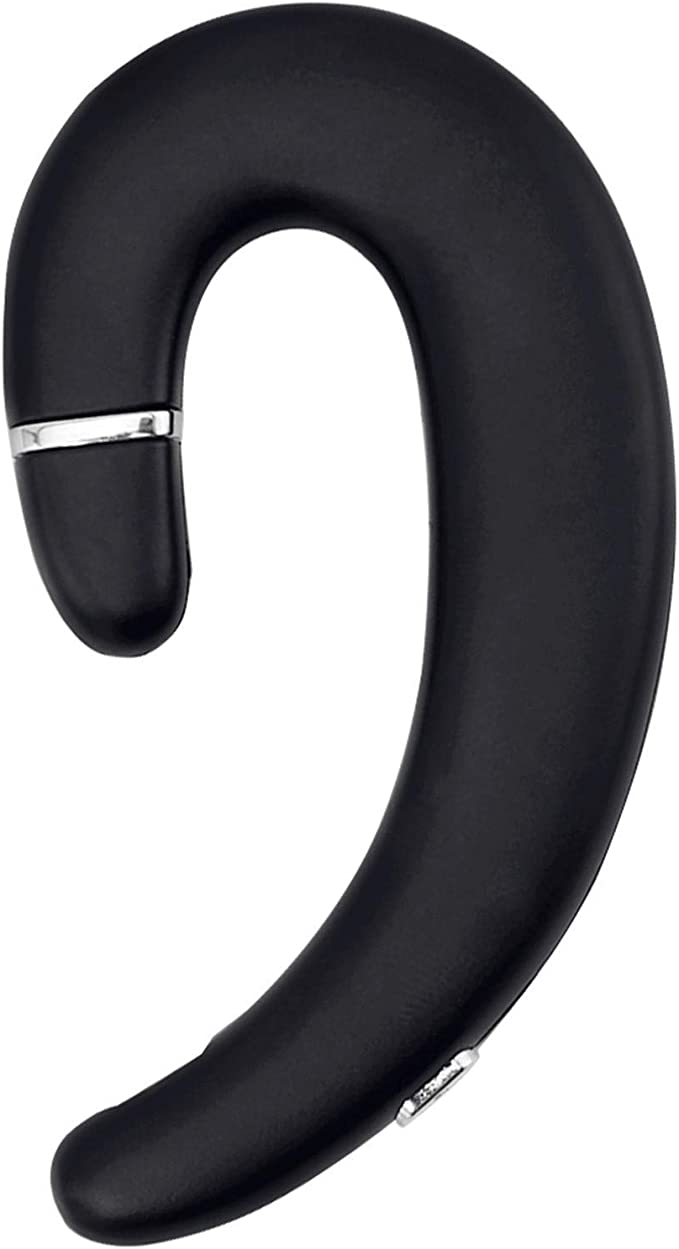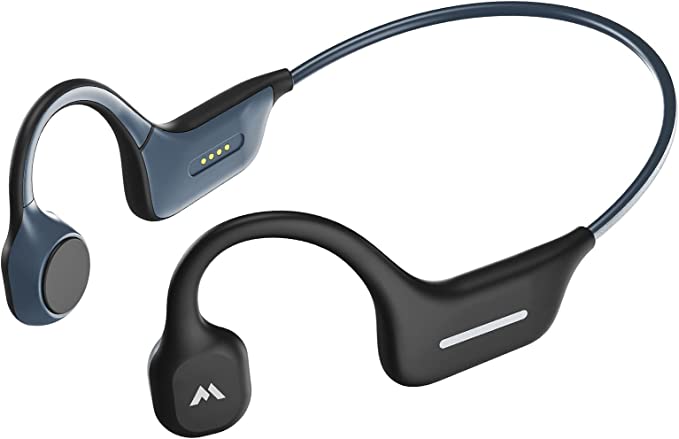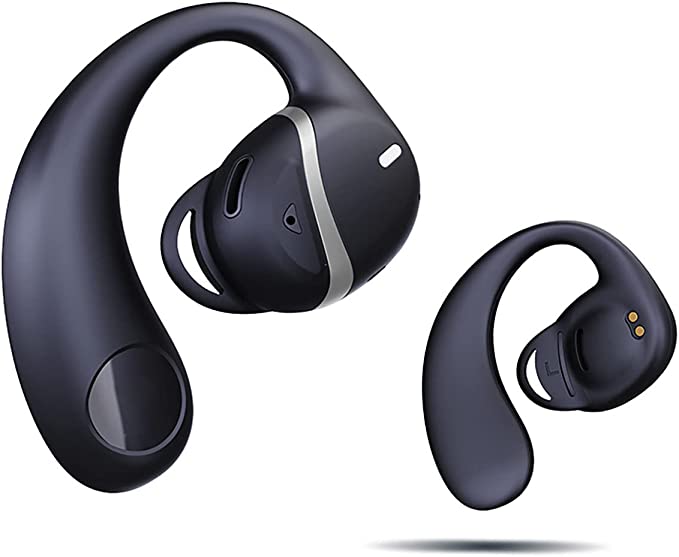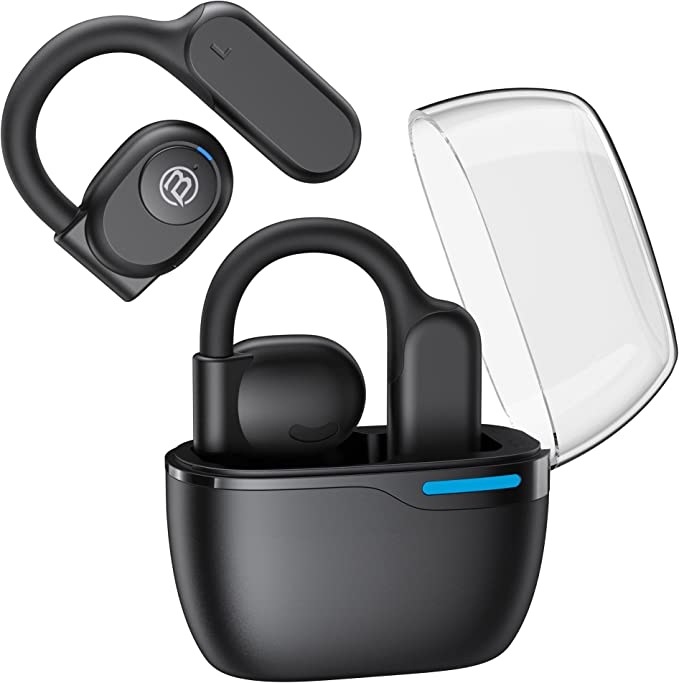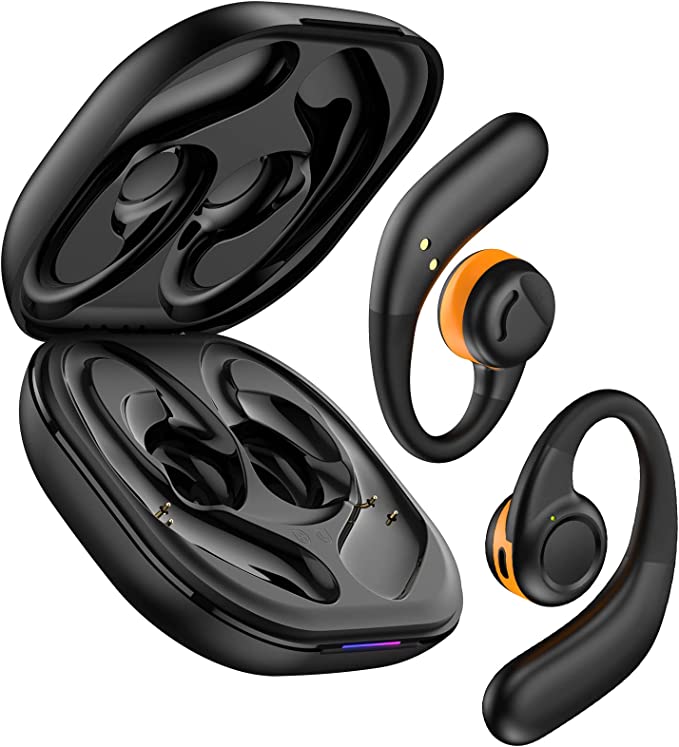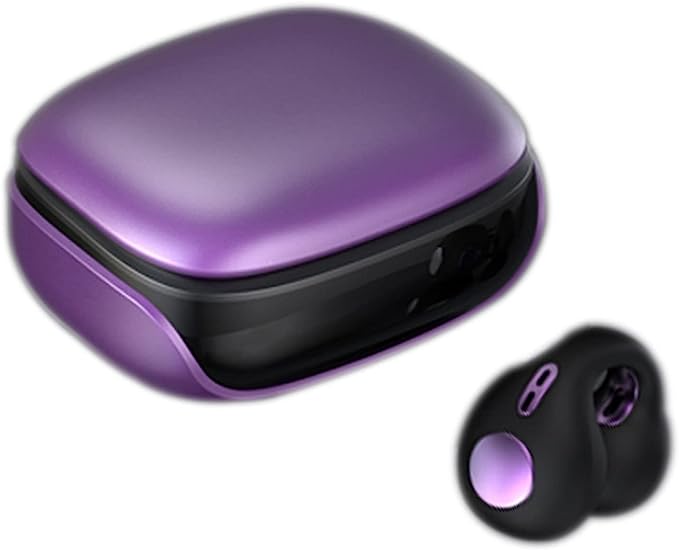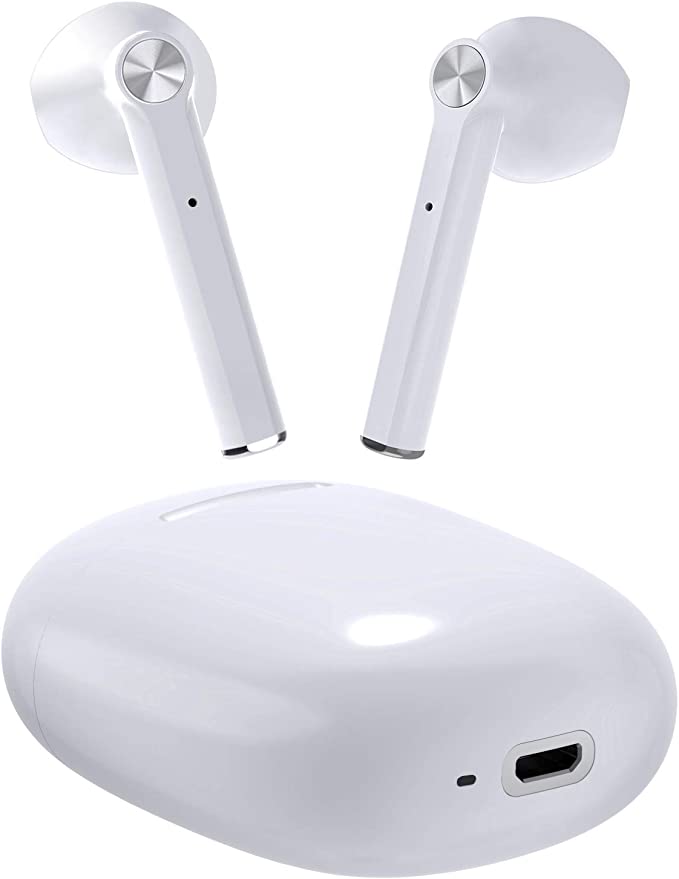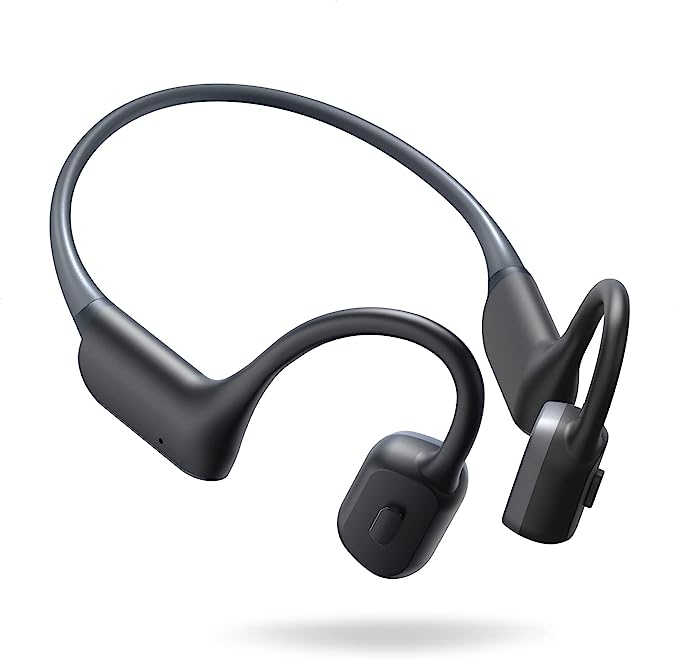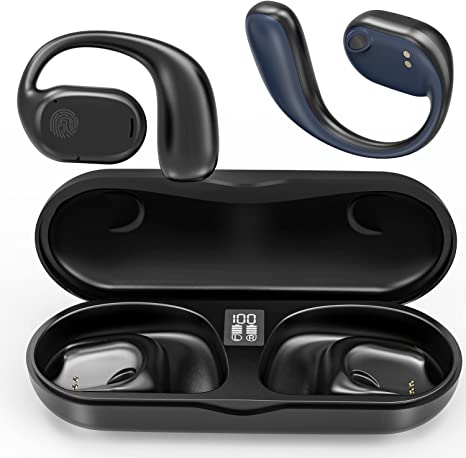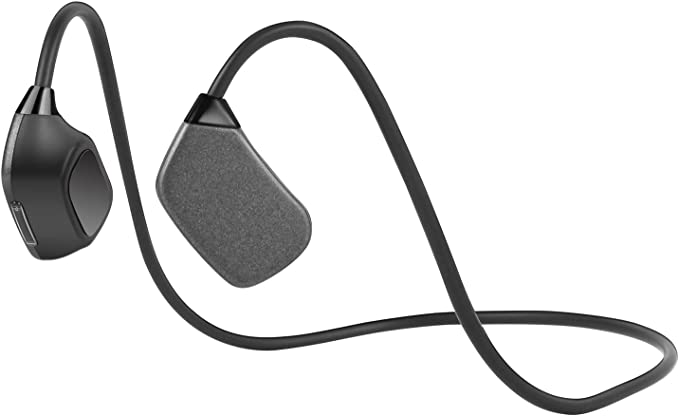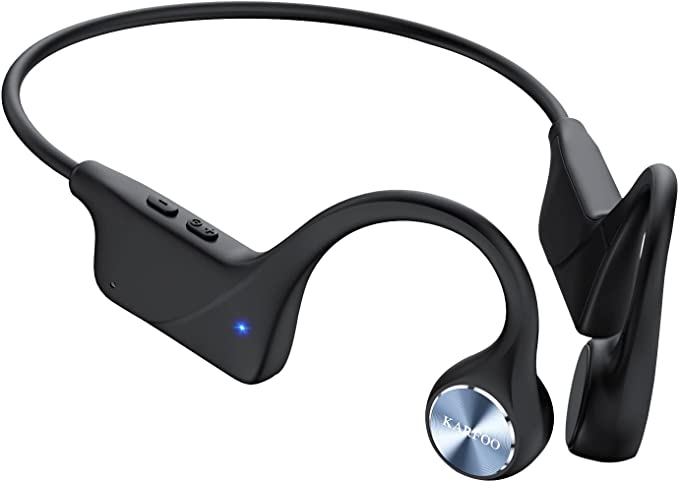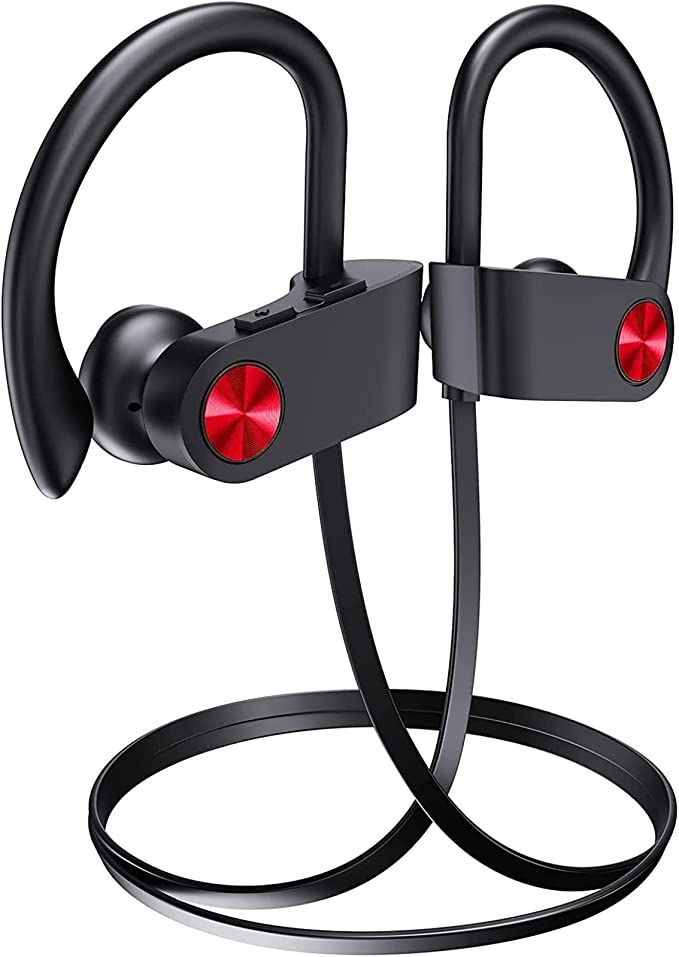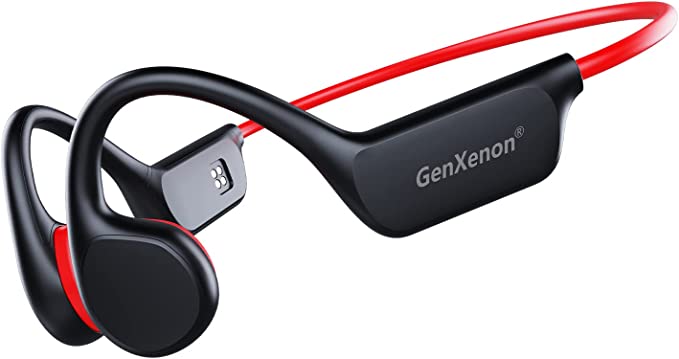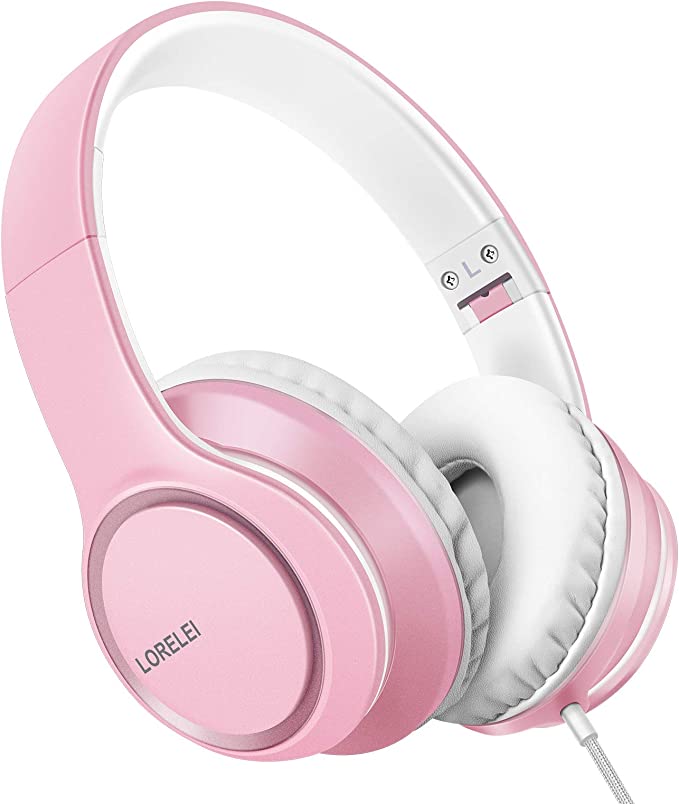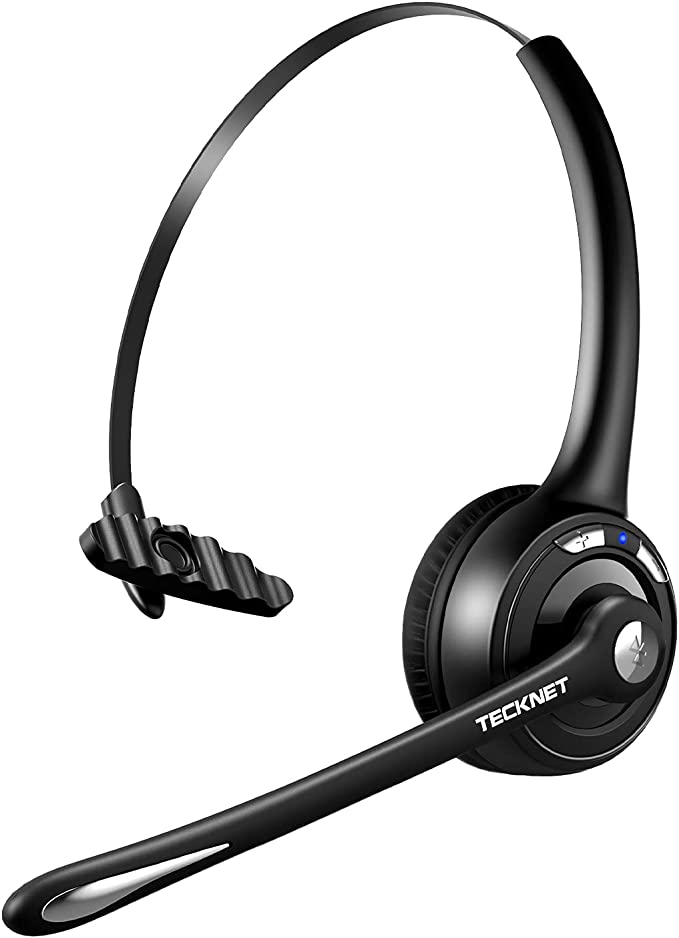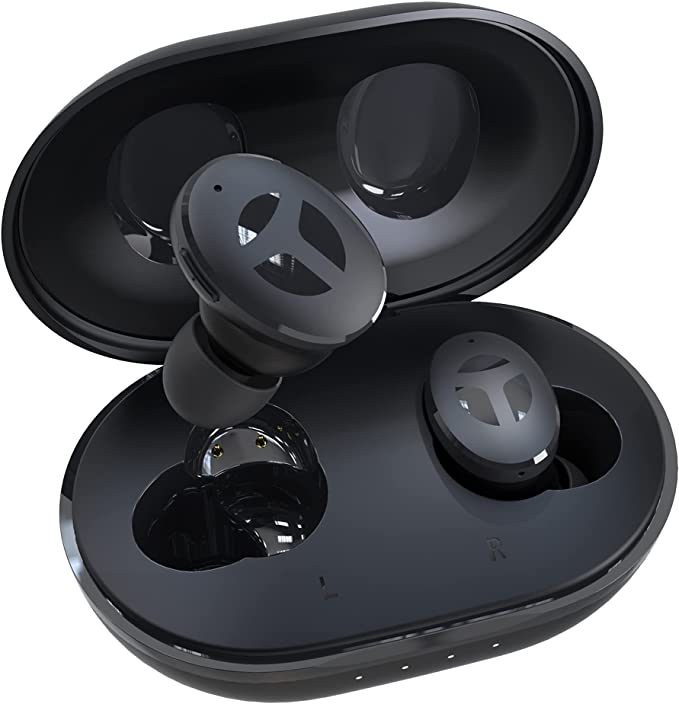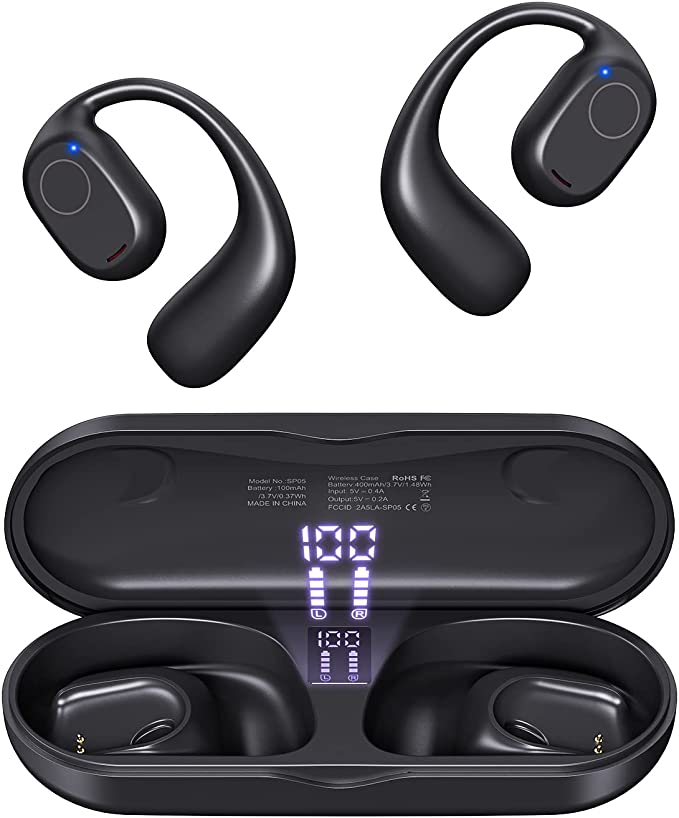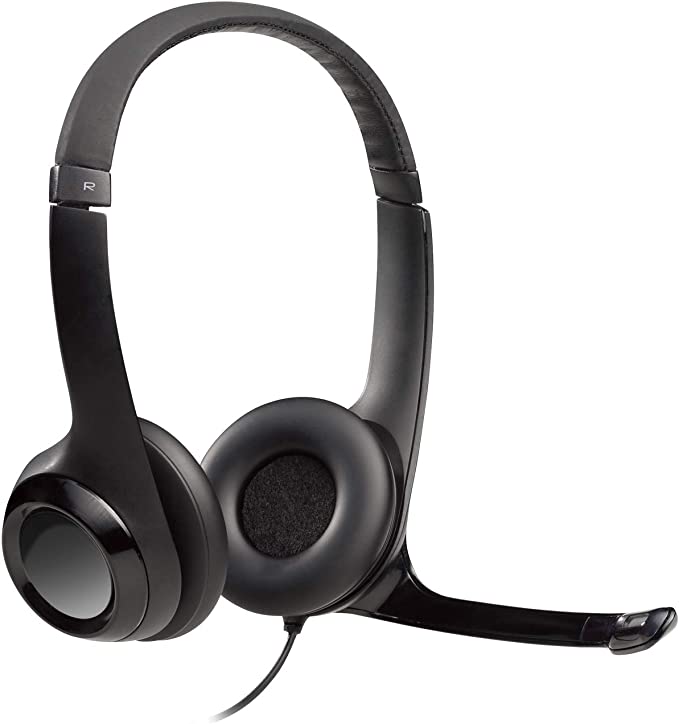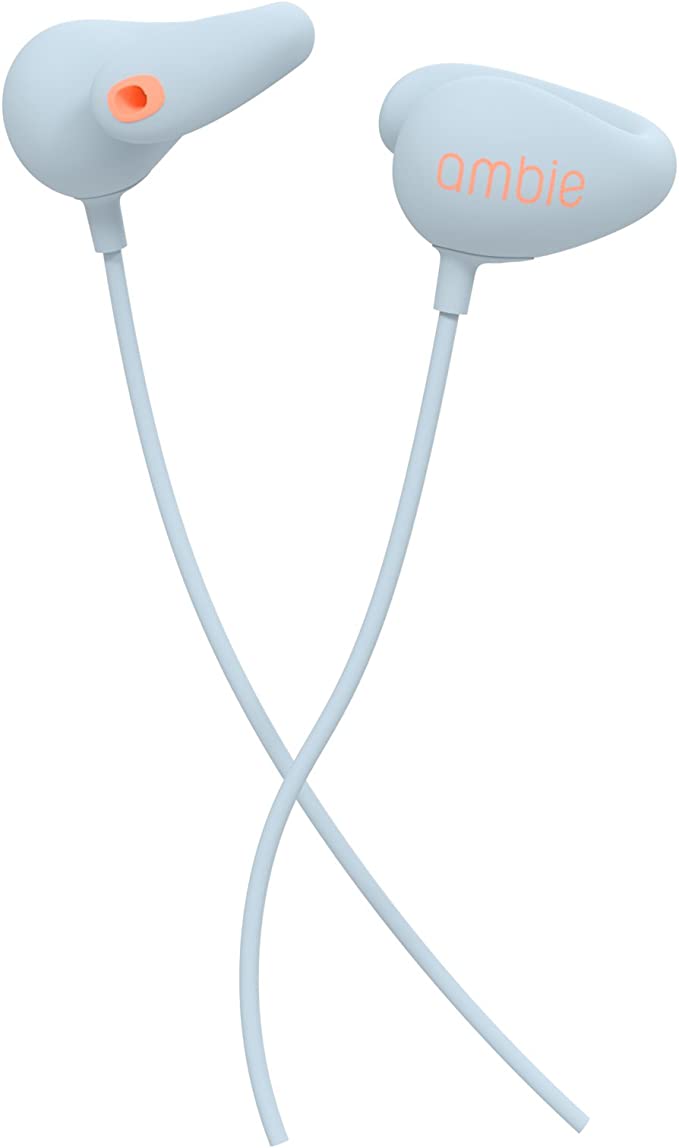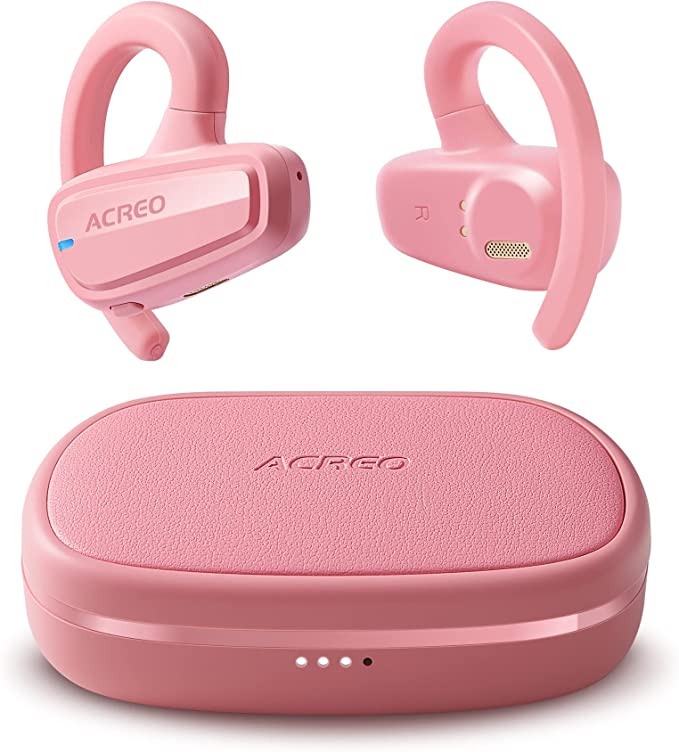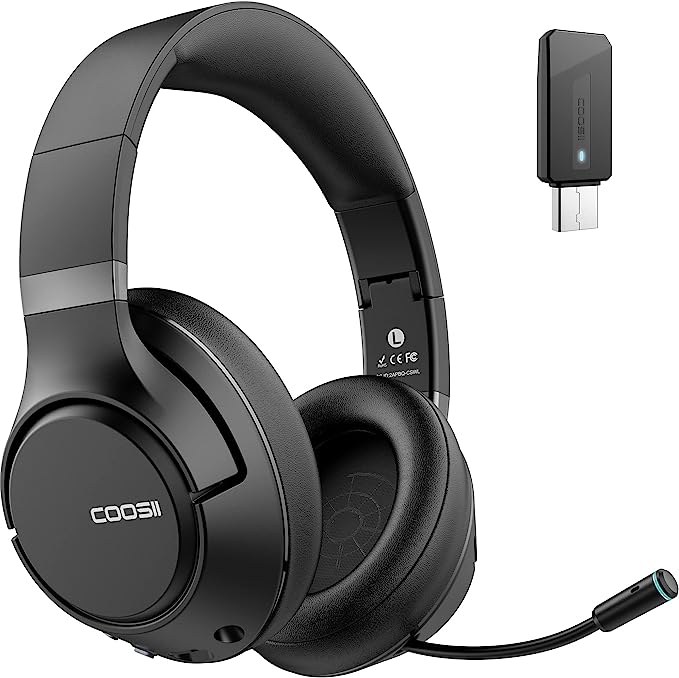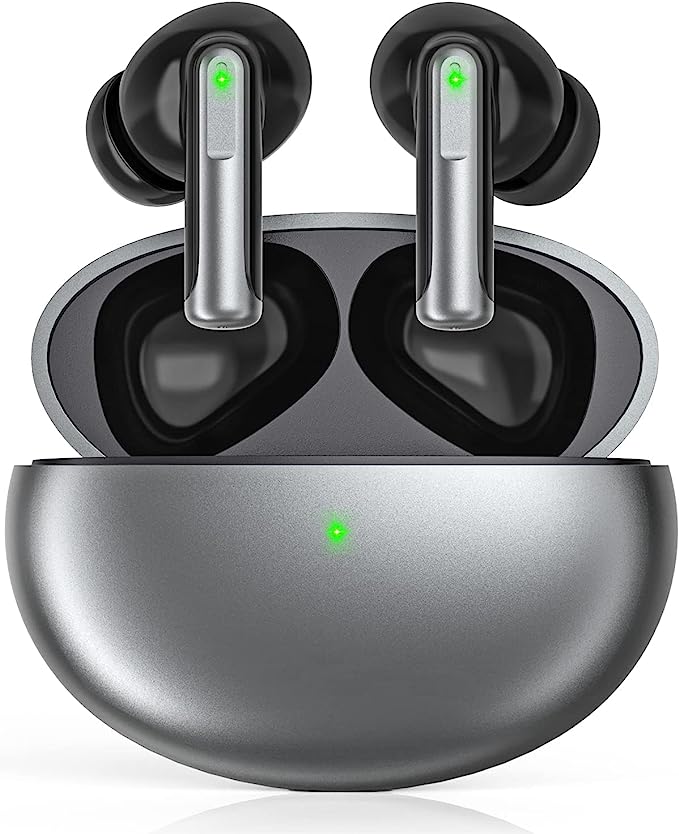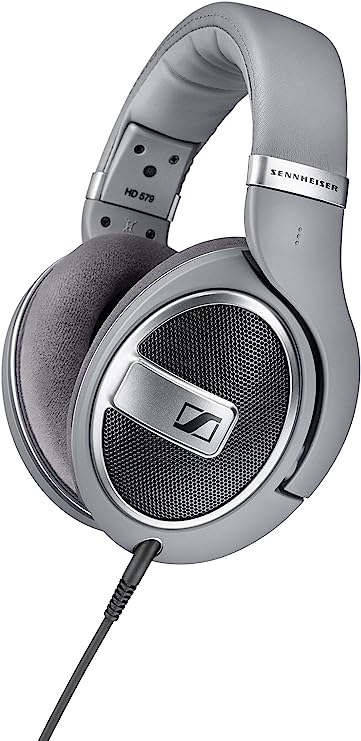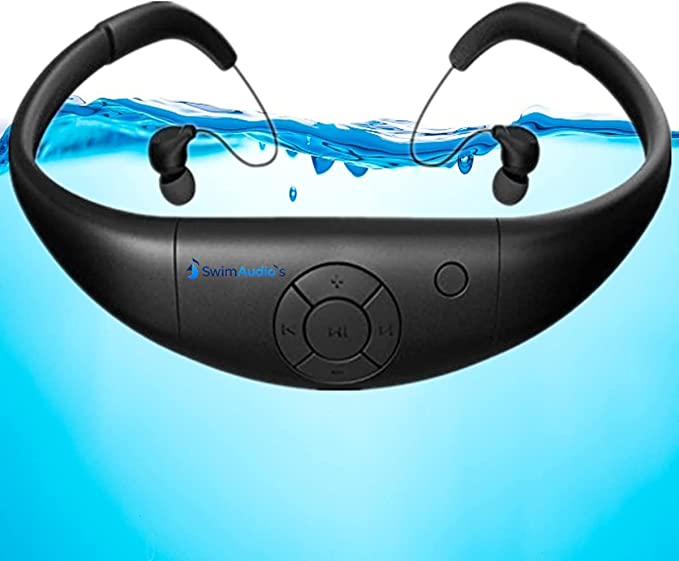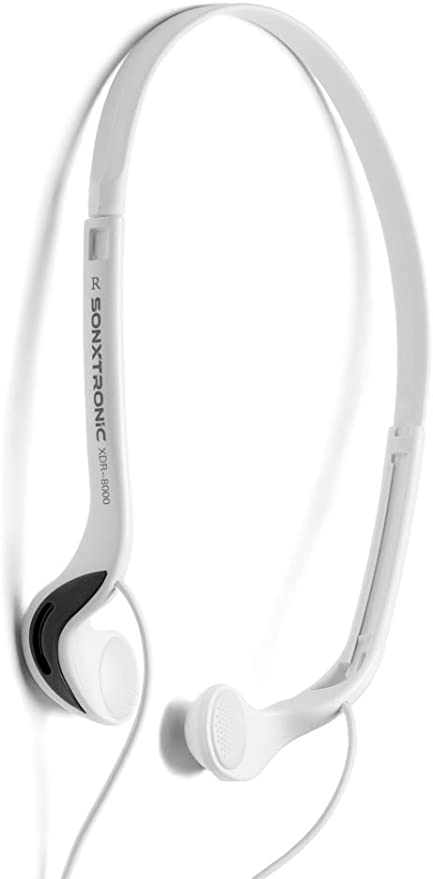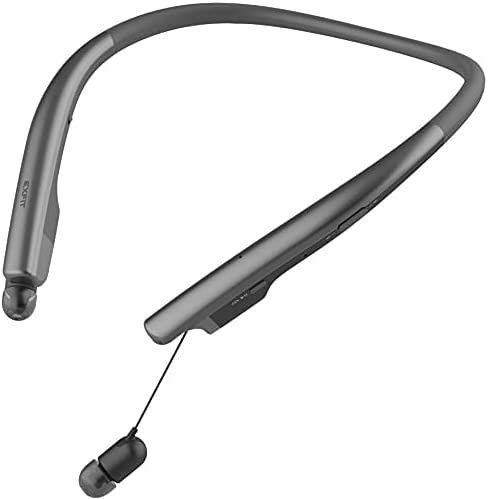The Open-Ear Trade-Off: Why Situational Awareness Means Compromising on Volume
Update on Nov. 14, 2025, 6:41 a.m.
For decades, the goal of personal audio was isolation. We sought to create a perfect sonic bubble, sealing our ear canals to block out the world and immerse ourselves in sound. But a new class of audio devices, the open-ear headphone, is built on the exact opposite principle: integration.
These devices are designed to let the world in, allowing you to hear traffic, colleagues, or nature while still enjoying your music. This pursuit of situational awareness, however, comes with a fundamental and unavoidable engineering trade-off that often leaves new users confused. A common observation is that these headphones can sound quiet or lack deep bass, especially in a noisy environment like a gym.
This isn’t a defect; it’s a deliberate design choice rooted in acoustic physics. Using a modern example like the Oraolo OE01 Open Ear Headphones, we can deconstruct the core trade-offs of this technology and understand the engineering solutions designed to mitigate them.

The Core Compromise: Why Open-Ear Designs Struggle with Noise
Traditional earbuds (in-ear) or headphones (over-ear) work by creating an acoustic seal. This seal does two critical things: it physically blocks ambient noise from entering your ear (passive noise isolation), and it creates a tiny, pressurized space for the speaker driver to work in. This sealed chamber is essential for producing deep, powerful bass, as the low-frequency sound waves are channeled directly into your ear canal.
Open-ear headphones, by definition, shatter this seal. By resting outside the ear canal, they are in a constant battle with the physics of sound.
1. Sound Leakage: Low-frequency sounds (bass) have long wavelengths and are not very directional. Without a seal, they leak out into the open air before they can be fully perceived, resulting in a sound profile that can feel thinner or less powerful.
2. Noise Interference: The ambient noise from your surroundings—the clanging of weights in a gym, the rumble of a city bus—is free to enter your ear. This outside noise competes directly with the audio from the headphones, forcing you to increase the volume.
This is why a user might find their open-ear headphones perfectly suitable for a quiet park run but “not loud enough” for a bustling gym. The headphones aren’t failing; they are performing exactly as designed, prioritizing environmental sound over audio isolation.
The Engineering Response: Oversized Drivers
How do engineers fight back against physics? If you can’t seal the environment, you must compensate with power. This is where the 16.2mm large dynamic driver found in the Oraolo OE01 comes into play.
For context, most traditional in-ear earbuds use drivers between 6mm and 10mm. At 16.2mm, the OE01’s driver is massive—roughly three times larger in surface area than a conventional counterpart.
This isn’t just for marketing. A larger driver diaphragm can physically move a much greater volume of air with each vibration. This is a direct engineering counter-move to the problem of bass leakage. By pushing more air, the driver compensates for the lack of a seal, producing a richer, fuller sound and more “felt” bass than a smaller driver ever could in an open-ear format. It’s an attempt to find a new equilibrium between powerful audio and an open-ear design.

Context is Key: Durability and All-Day Use
Understanding the open-ear trade-off also clarifies the target use case. These devices are built for activity, awareness, and extended wear—scenarios where traditional earbuds can be uncomfortable or even dangerous.
This design focus is reflected in two other key specifications: battery life and water resistance. * 32-Hour Total Playtime: An 8-hour continuous runtime per charge, bolstered by a 32-hour charging case, re-frames the device as an all-day companion rather than a short-term listening tool. * IPX5 Water Resistance: The IP (Ingress Protection) rating system is a global standard. An IPX5 rating signifies that the device is protected from sustained, low-pressure water jets from any angle.
In practical terms, an IPX5 rating means the headphones are completely safe from heavy sweat during a workout or being caught in a sudden rain shower. This level of durability is essential for their intended use as running or sport headphones. Anecdotal reports from users of similarly-rated devices, who have accidentally put their headphones through a full washing machine cycle and found them in perfect working order, are a testament to what this level of water resistance can truly withstand.
The Other Side of the Conversation: AI Call Noise-Canceling
Finally, there’s the challenge of phone calls. If you can hear all the ambient noise around you, what stops your caller from hearing it?
This is where AI Noise-Canceling technology comes in. It’s crucial to differentiate this from Active Noise Cancellation (ANC). ANC is for the listener’s immersion. The technology in the OE01 is Environmental Noise Cancellation (ENC), which is for the caller’s clarity.
It uses a dual-microphone system.
1. One microphone is positioned to capture your voice.
2. A second microphone listens to your environment.
An AI-powered chip instantly analyzes both sound signals, identifies the non-human background noise (like wind or a café’s espresso machine), and digitally subtracts it from the signal being sent to your caller. The result is that while you remain fully aware of your surroundings, the person you’re speaking to hears only your crystal-clear voice.
This makes open-ear designs uniquely suited for commuters, office workers, and anyone who needs to take calls while remaining connected to their physical environment.
Ultimately, the choice between open-ear and in-ear designs is not about which is “better,” but which trade-off is right for you. Open-ear headphones, as exemplified by the Oraolo OE01, are a purpose-built tool. They intentionally sacrifice the sealed-in immersion of a quiet room for the non-negotiable safety and comfort of all-day environmental awareness, using advanced engineering like oversized drivers and AI noise cancellation to bridge the gap.



